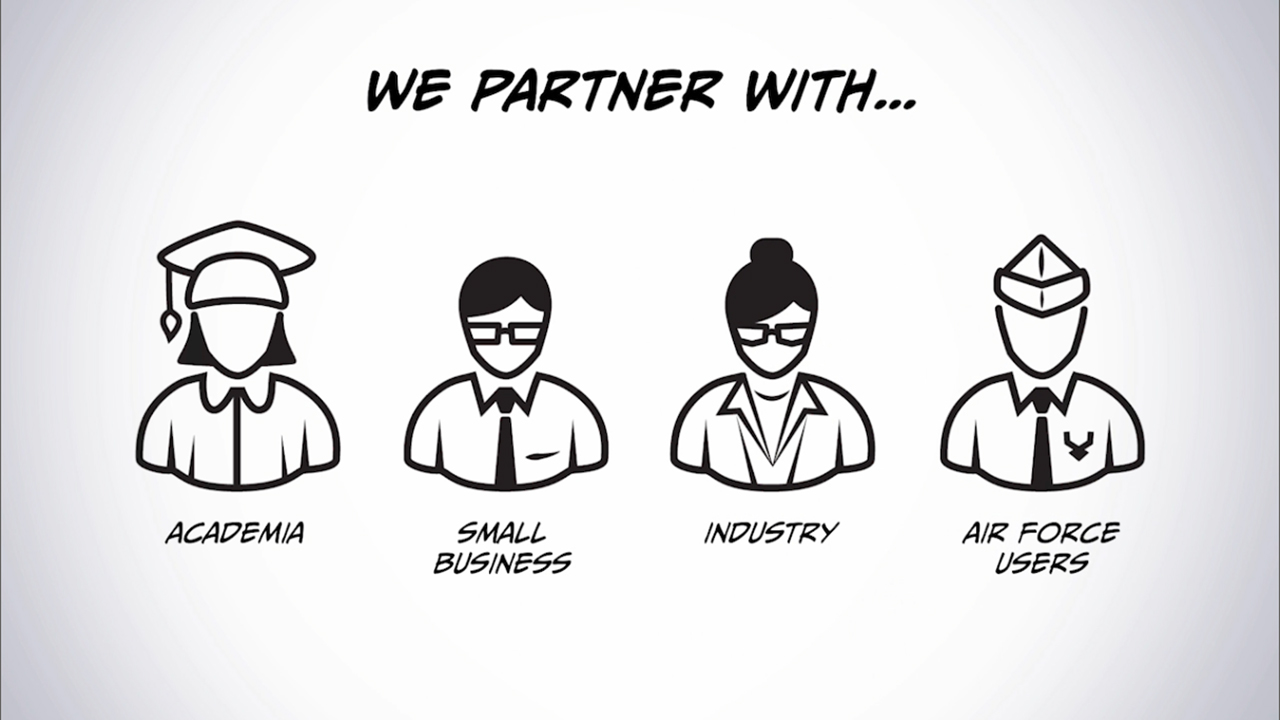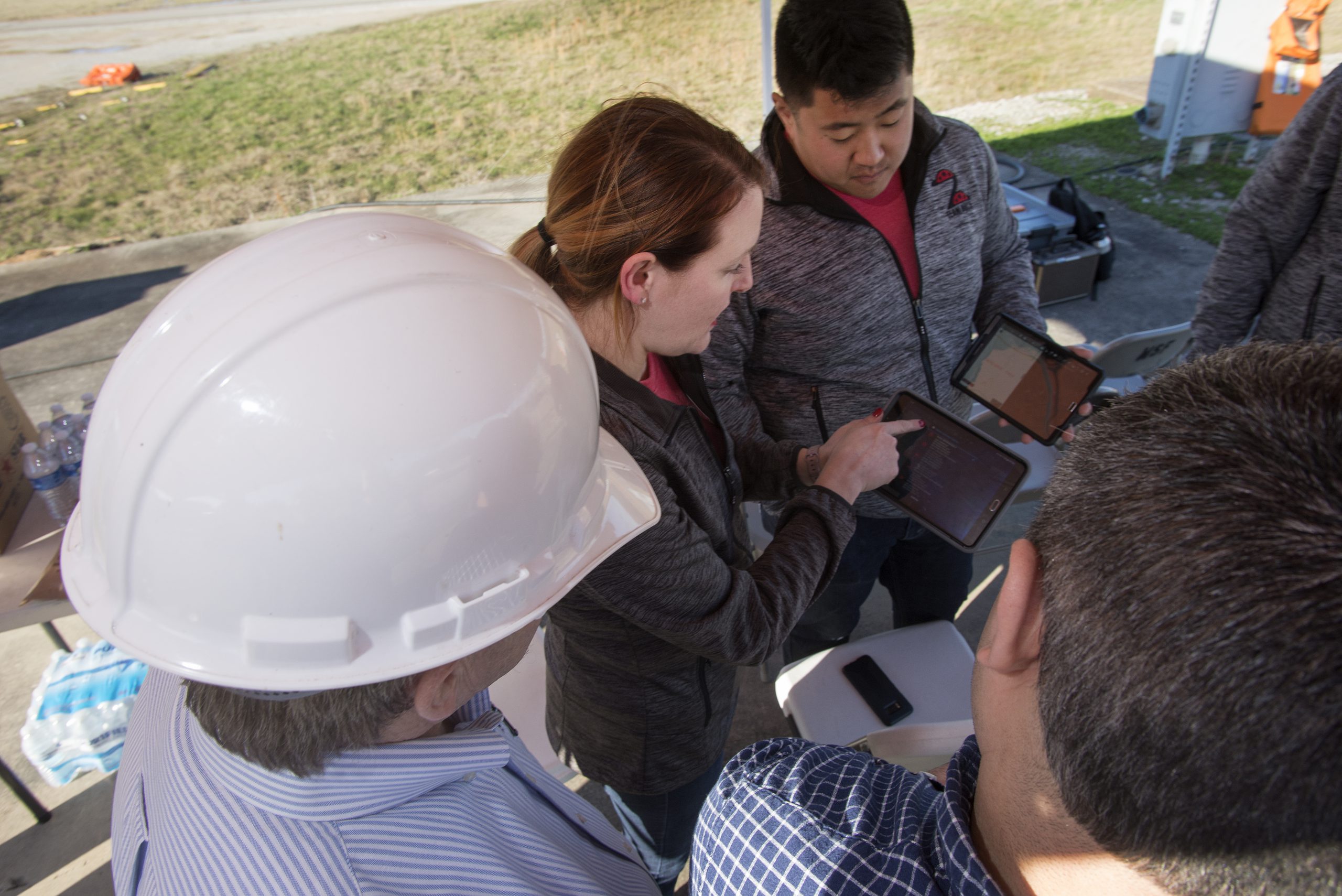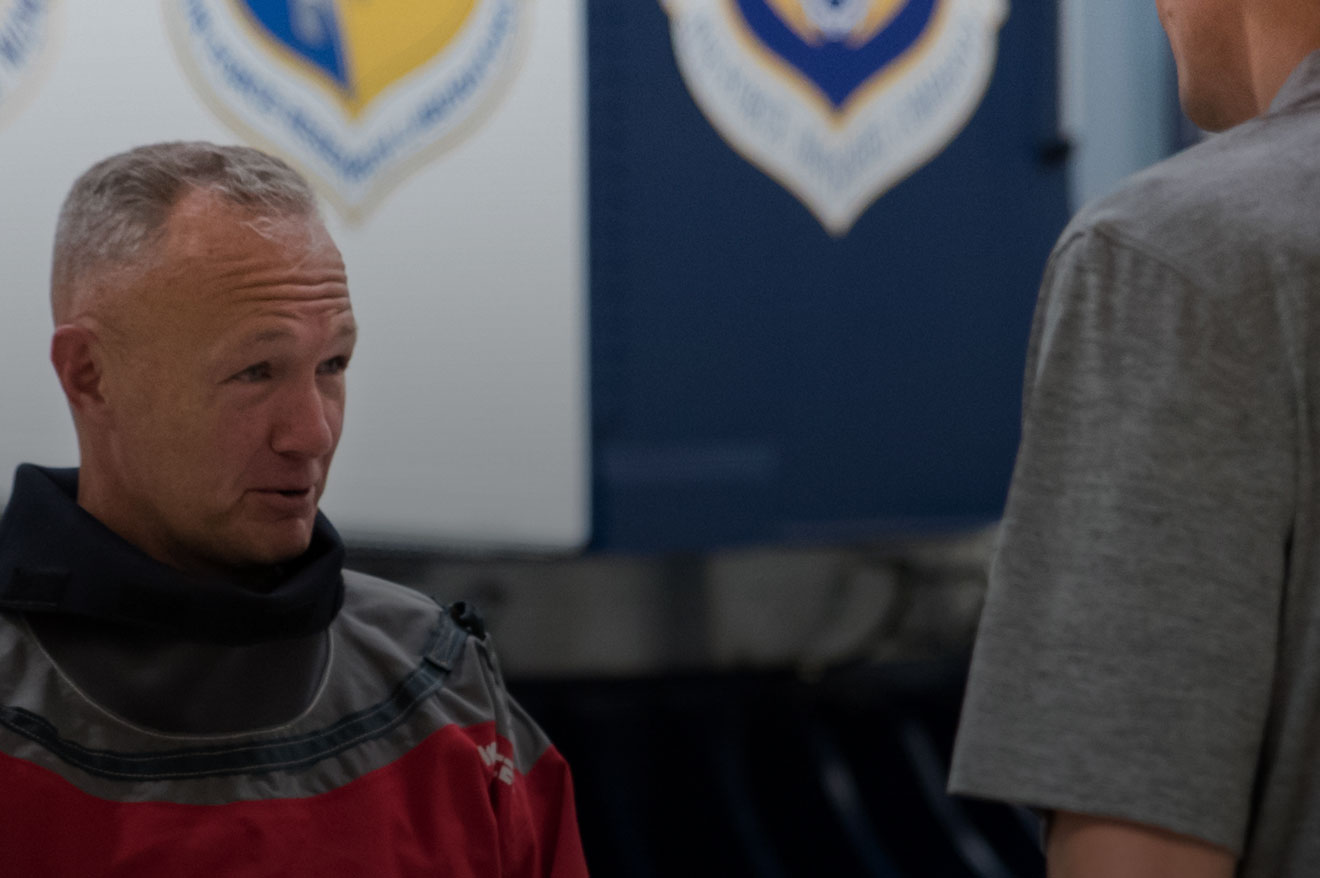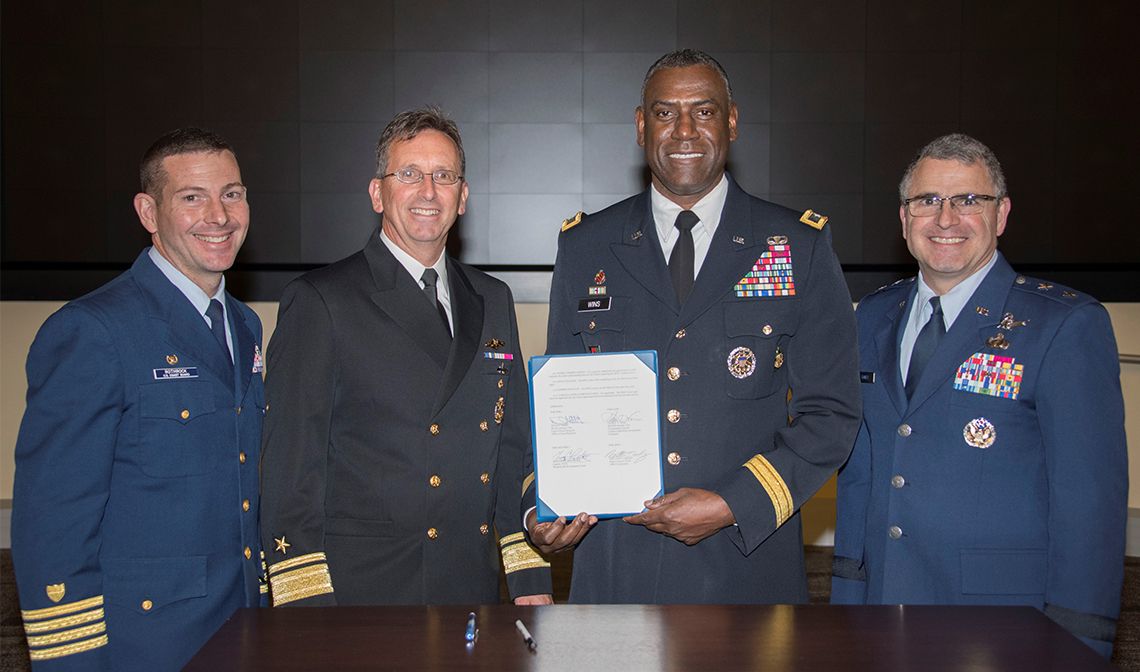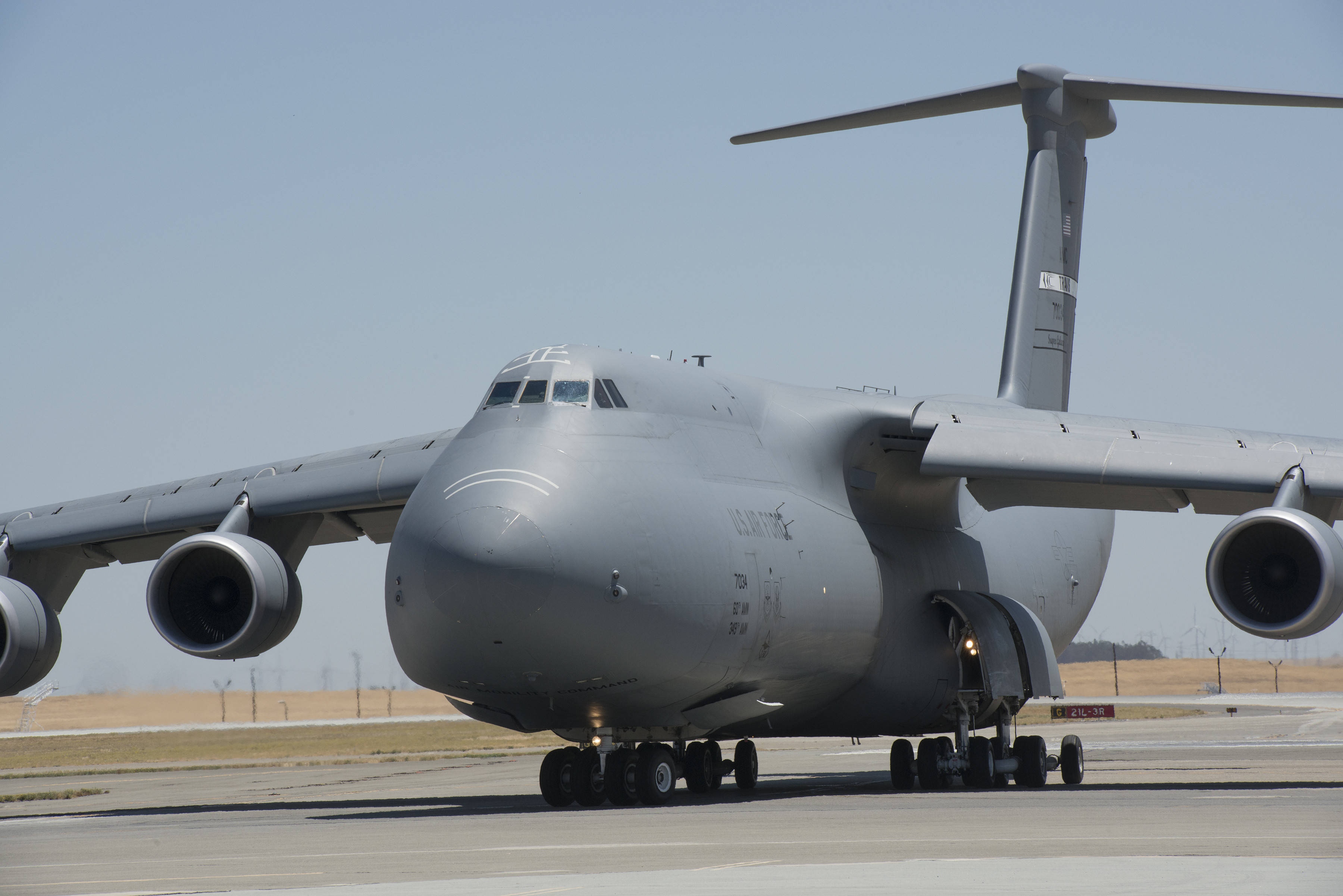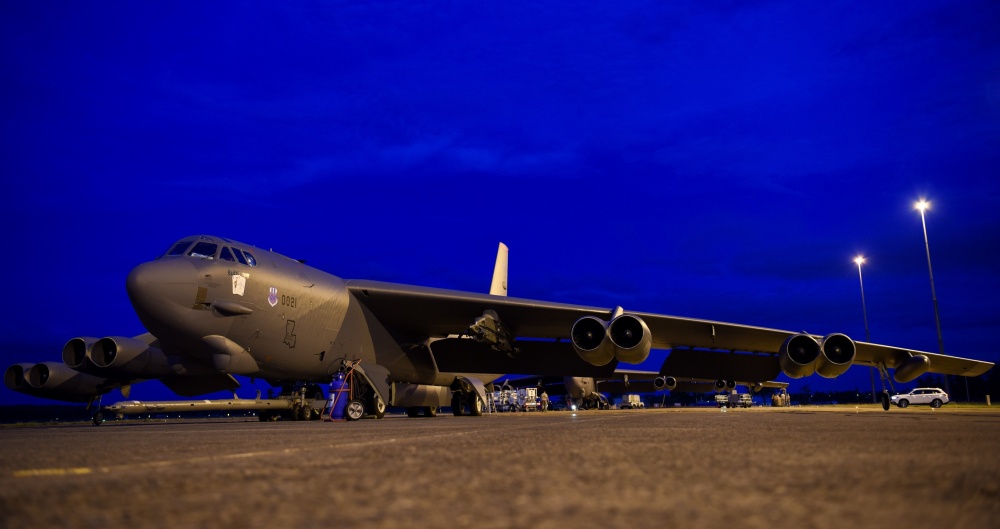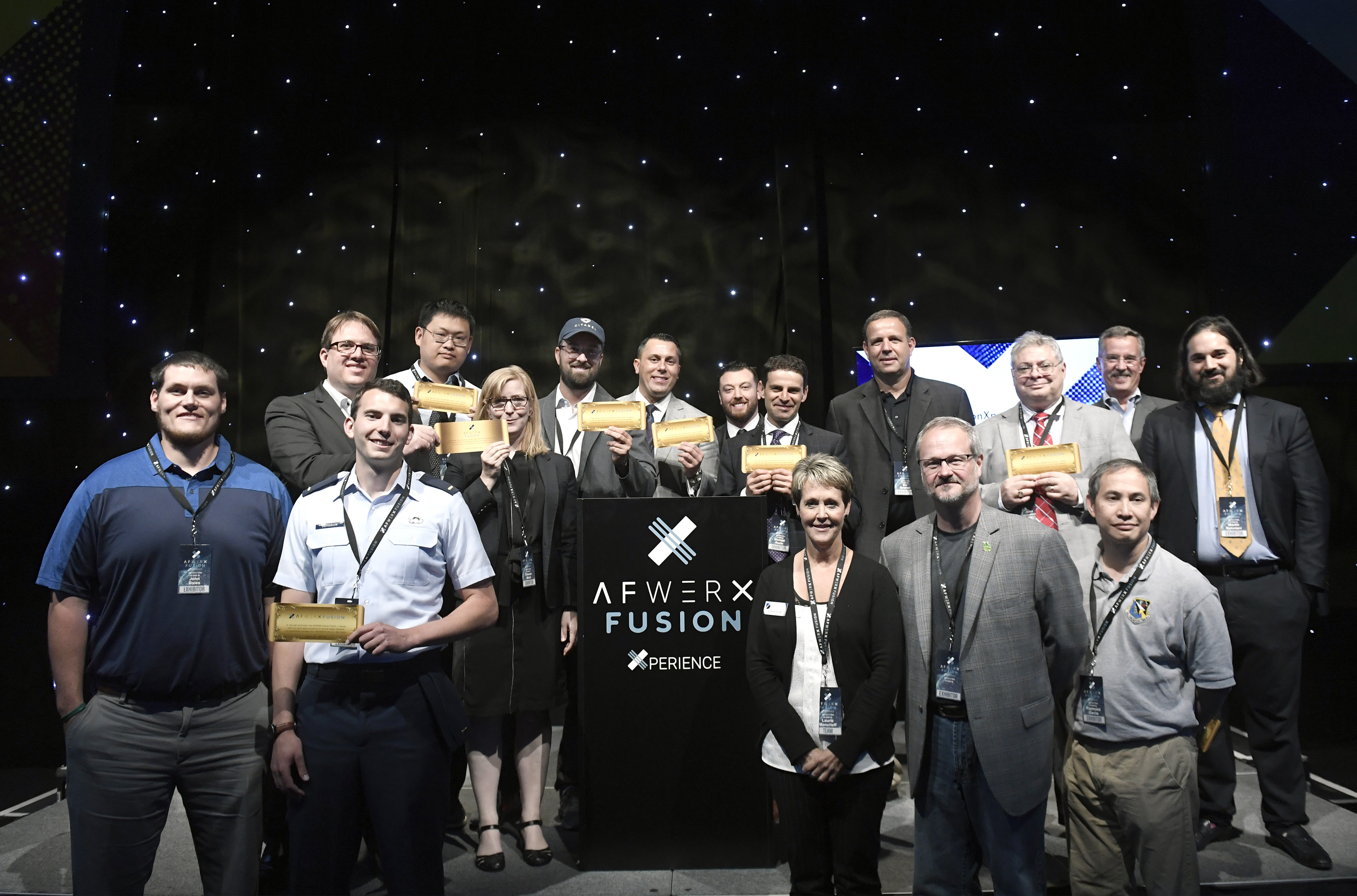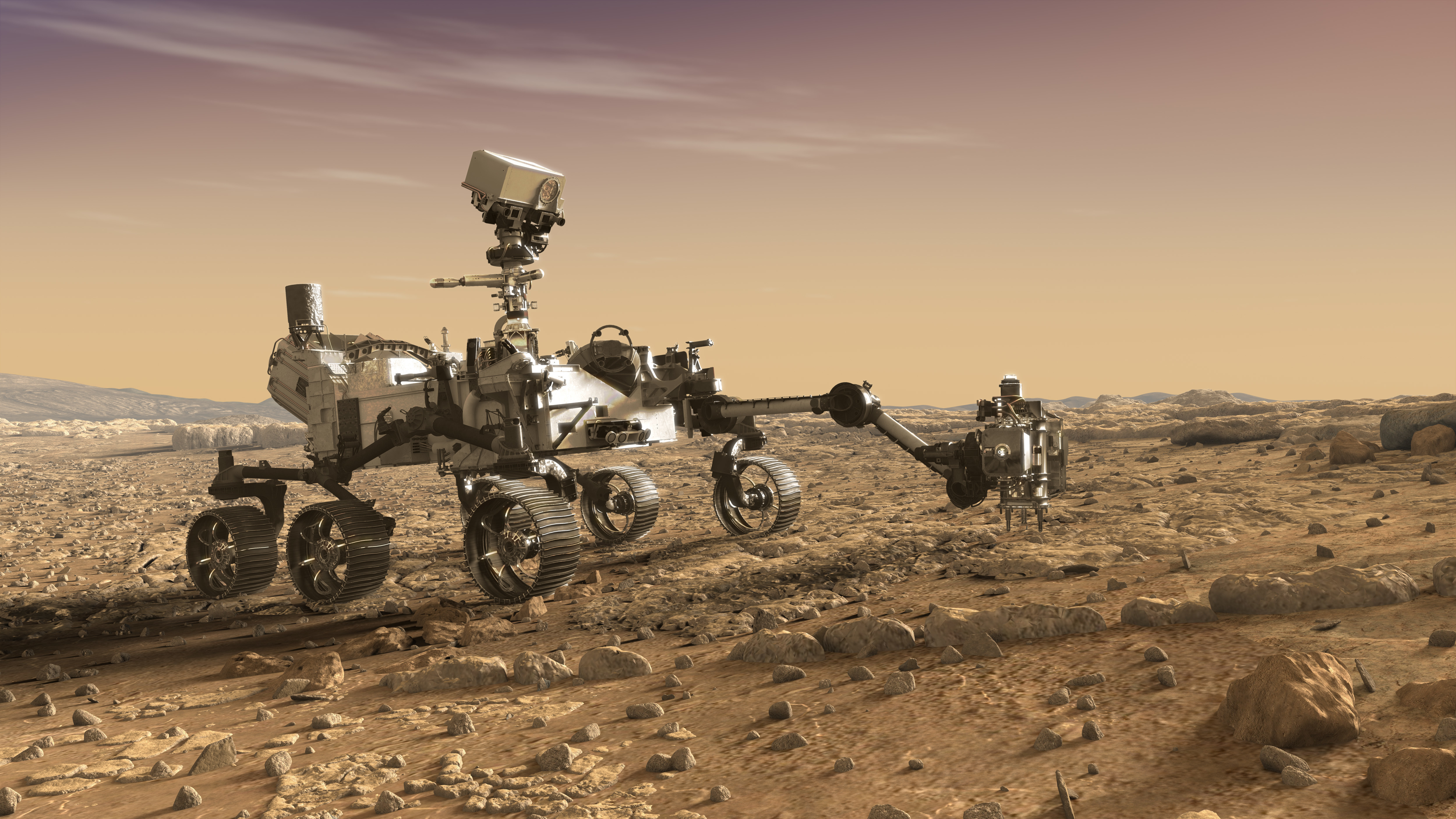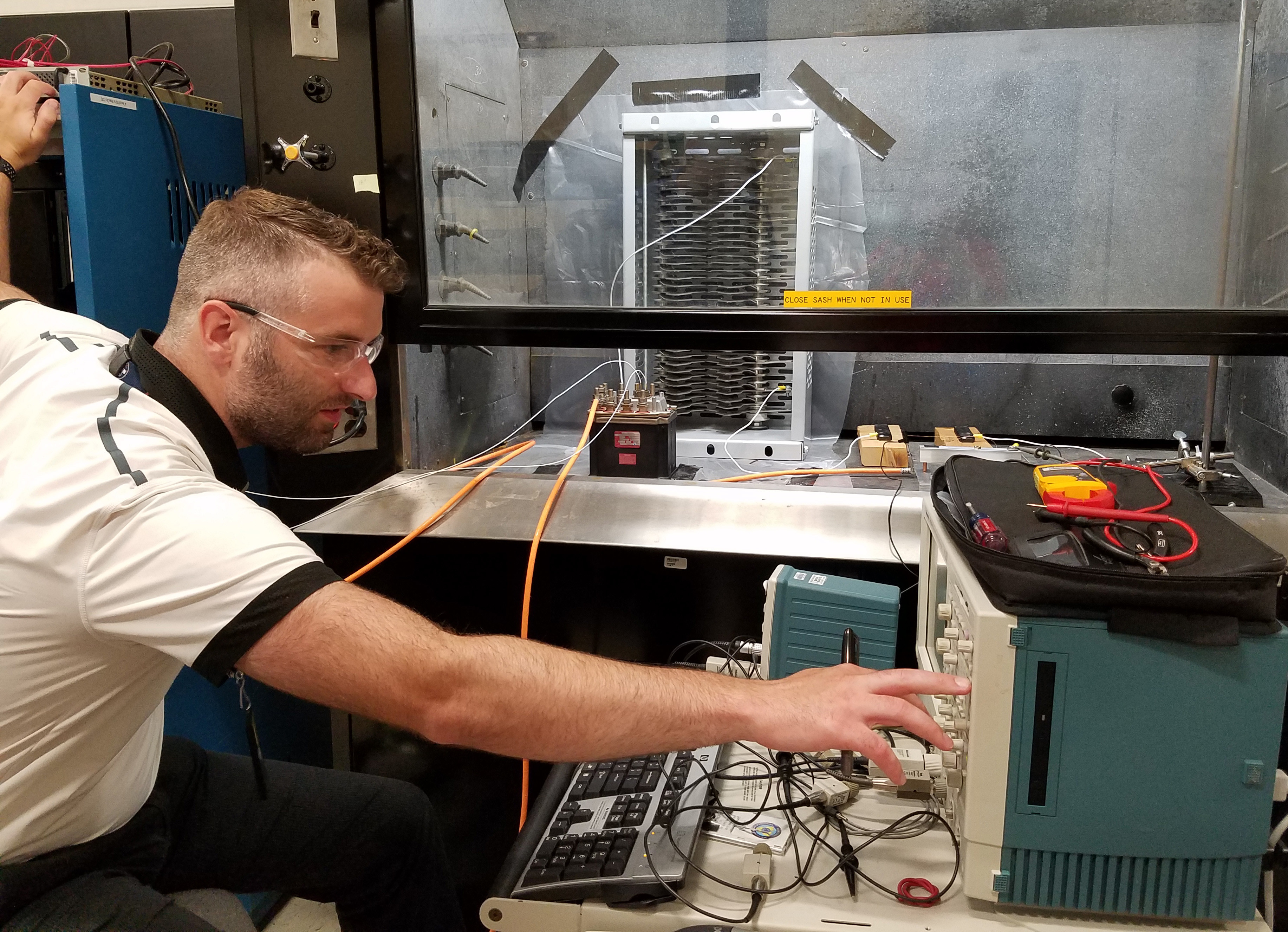PARTNERING WITH AFRL
Explore the many ways to work with AFRL through grants, contracts, agreements and partnership opportunities
-
AFRL Scientists and Engineers
AFRL Scientists and Engineers are constantly pushing the boundaries of technology, creating a new tomorrow for our warfighters and our world. They’re also delivering immediate solutions to our warfighters in the field – improving safety, enhancing performance, speeding access to information and keeping the fight unfair.


-
Air Force Challenge
The Air Force Vice Chief of Staff is challenging Airmen, academia and industry to enhance Multi-Domain Operations, which integrates joint and coalition capabilities across all military operations. In a world dominated by rapid innovation, can you look around and find a better way to establish situational awareness, develop courses of action or deliver effects at unmatched speed? Many scenarios require us to act within 15 minutes or less.
Our adversaries have become very savvy at leveraging technology to challenge the superiority we have come to rely on. In each of our mission areas, we must rapidly harness and integrate technology that helps Airmen anticipate what’s next and speed our decision cycle. The Air Force Challenge will start small by gathering ideas from individual Airmen, rapidly evolve concepts with national thought leaders and scale fast by working with industry to build and demonstrate prototypes.
Airmen (Active Duty and Government Civilian), each of you have seen opportunities to enhance multi-domain operations. Is it an app, an algorithm or a new approach? We want to hear your best ideas and your thoughts on ideas proposed by other Airmen. Accept the Challenge by registering for the new U.S. Air Force Ideation Platform
RELATED LINKS
Register ›

-
AFRL Maker Hub
Check out the AFRL Maker Hubs at the Wright Brothers Institute in Dayton, Ohio and at Kirtland Air Force Base! The Maker Hub is AFRL’s maker space that leverages connectivity and innovation resources. Whether you want to explore new applications or product ideas, learn a new skill in a hands-on way, or create a tangible design to demonstrate your research, the Maker Hub is the place for you.
RELATED LINKS
http://afrlmakerhub.com/ ›

-
Commander’s Challenge
Now in it’s 10th iteration, the AFRL Commander’s challenge poses real-world problems to teams of 6-8 junior Air Force personnel from diverse educational and cultural backgrounds across the Air Force Material Command.
This latest challenge came straight from Air Force Chief of Staff Gen. David L. Goldfein. Based on resupplying combat troops deployed from a forward operating base, the “Precision Remote Resupply” challenge required teams to develop solutions to remotely deliver 50 pounds of supplies, 30 miles away, to an area not larger than 400 square feet — all at low cost, with minimal manpower to operate and maintain. Other than those parameters, teams are free to design any system that could successfully perform the mission.




